When it comes to food in Egypt, the culinary traditions of rural and urban areas largely intertwine, especially when it comes to festive dishes like molokhia (mallow), roasted duck, stuffed pigeons, and mahshy (stuffed vegetables), which are enjoyed across the country. However, there is a big amount of mainstream countryside Egyptian dishes that might have slipped under the radar of city dwellers.
Here is a glimpse into some unique culinary traditions of rural Egypt:
Bataw
Starting with bread, the very foundation of Egyptian cuisine: in Egyptian Arabic, the word for bread is “aish”, which also happens to mean “life”, a linguistic connection reflecting the cultural significance of bread in Egyptian society.
While most Egyptians are familiar with the regular baladi wheat flour bread, rural areas have an additional traditional bread called bataw. Unlike its counterpart, bataw is made from corn flour, lending it a distinct flavor and texture.
Interestingly, the term bataw traces its origins back to ancient Egypt, as described in the book “The Pharaoh’s Kitchen: Recipes from Ancient Egypt’s Enduring Food Traditions” by Magda Mehdawy and Amr Hussein.
In modern-day rural Egypt, there is not one exclusive way to eat bataw. Some towns traditionally serve it with samna balady (local ghee) and sugar, resulting in a bread reminiscent of feteer (Egyptian layered pastry), while others use it as the primary bread used for dipping and accompanying all meals.

Slowcooking
While (stir-)frying and grilling have become the prevalent cooking methods in urban Egypt, rural areas cherish the tradition of slow cooking. Meats are often boiled or slow-cooked in ovens, creating tender dishes.
This culinary preference for slow cooking can also be traced back to ancient Egypt. In their book, Mehdawy and Hussein show that inscriptions found in the Akhethotep tomb in Asyut depict the boiling of meat and shanks, highlighting the Egyptians’ long-standing preference for this cooking method. Additionally, the tradition of boiling meat, while preserving the broth for cooking vegetables –a tradition which still resonates today– has its roots in pharaonic Egypt.
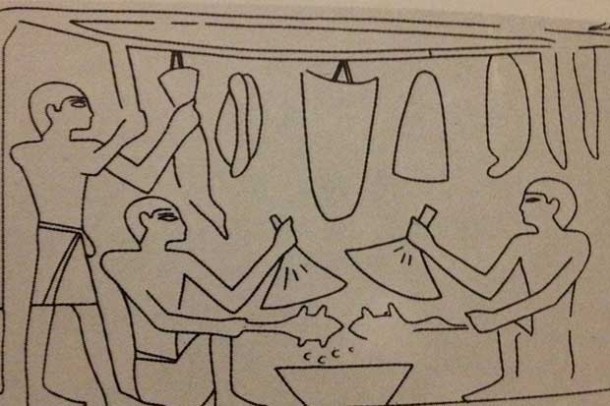
In the Egyptian countryside, several dishes showcase this cherished tradition of boiling or slow cooking. Here are a few examples:
Beram roz
Although rice was not commonly known in Ancient Egypt, the tradition of slow-cooking meals eventually made its way to this grain as it gained popularity in the country. Beram roz (baked rice) requires a substantial time investment of up to four hours to prepare, yet is an integral part of meals in rural Egypt, with some families baking it on a daily basis. It is a milk meat casserole with layers of rice and tender meat baked in the oven on low heat till the top develops a golden crust. In contrast to urban areas where beram roz, often called roz meammar, is made with pre-cooked meat, the original Fallahi beram lets the meat cook together with the rice, milk, fresh cream and ghee for the entire duration.
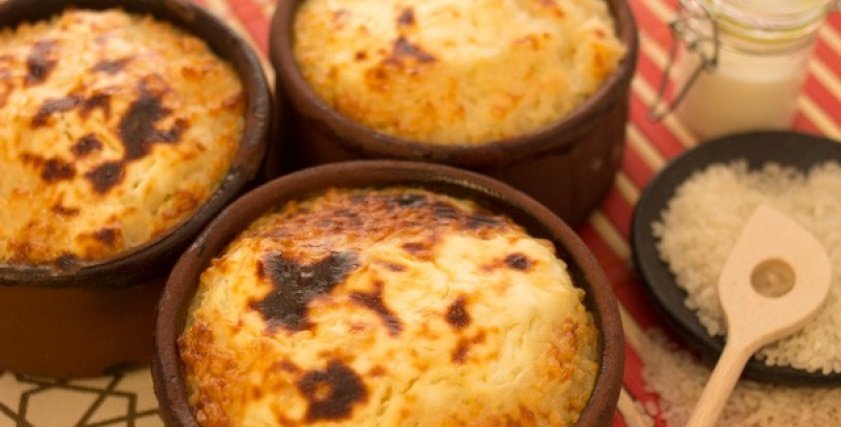
Samak Sayyadeya
Originally from the coastal city of Port Said, Samak Sayyadeya is a dish that found its way into numerous households in rural communities across Egypt and turned into a staple go-to. Its preparation entails sautéing onions to a golden brown, which are then transformed into a broth in which the fish is gently simmered over low heat. The resulting sayyadeya fish is served with its flavorful broth, accompanied by a side of brown sayyadeya rice.

Torly
Torly is another slow-cooked dish that has become a staple in rural Egyptian cuisine. It is a mixed vegetable casserole with tender pieces of beef or lamb. The medley of vegetables typically consists of potatoes, squash, carrots, and onions, complemented by a tomato sauce as the binding agent.
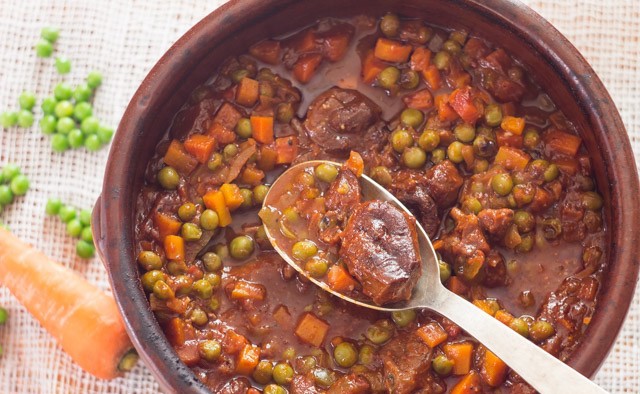
Seneyet Batates
Seneyet batates is yet another traditional dish rooted in the practice of slow cooking. It follows a similar concept to torly and other tomato sauce-based casseroles like tagen bamya (okra) or tagen fasolya (green beans). However, in seneyet batates, the meat is not pre-cooked but slow-cooked alongside the potatoes, allowing the flavors to meld together.

Koftet Roz
Countryside-style koftet roz (rice meatballs) – which incorporates a blend of minced meat, cilantro, crushed rice, parsley, and dill– is probably the only variant of kofta to be boiled. It gets served alongside its broth, but can also be prepared with meatballs-like tomato sauce. Depending on the region, koftet roz can also be fried as an alternative cooking method.
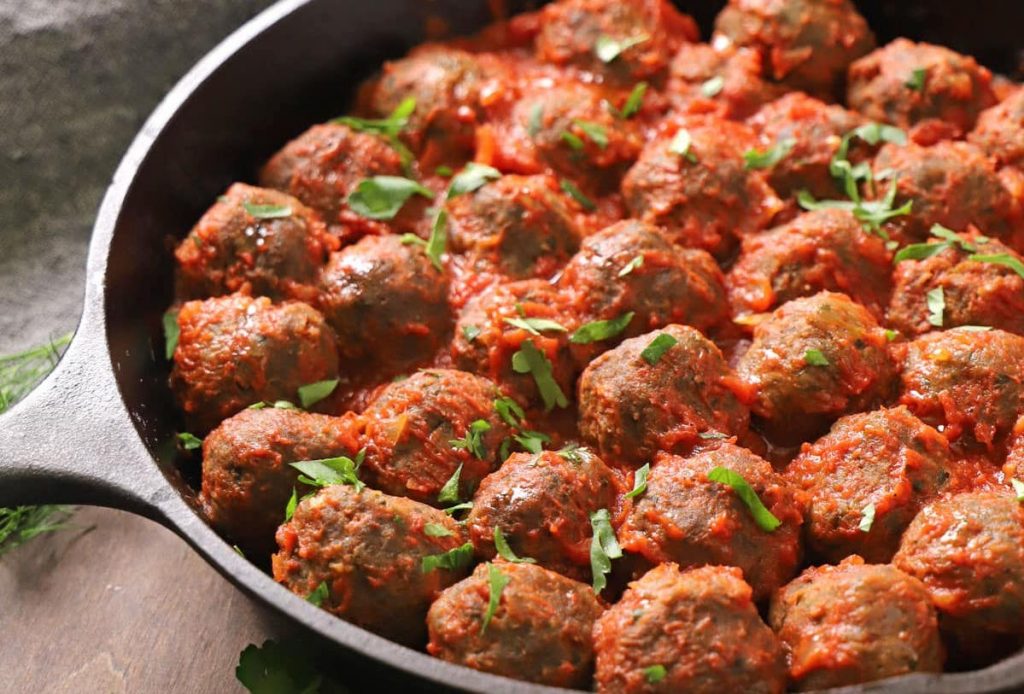
Egga
Another rural Egyptian dish with pharaonic roots is Egga, an Egyptian omelet made with parsley and flour and baked in the oven – a dish that frequently gets compared to the Italian Frittata. Interestingly, in ancient times, duck or goose eggs were typically used instead of chicken eggs to prepare Egga.

Mortah
Fallahi Mortah, which is created as a byproduct during the process of transforming butter into ghee, is a popular spread which accompanies dishes and can be used for cooking in rural Egypt. Mortah is treated like a rare gem in rural Egypt for the simple reason that around six kilograms of butter can produce a small plate of mortah, equivalent to five tablespoons.

Qoras
During both Eid celebrations and other personal festivities, Egyptians living in the countryside engage in a tradition of baking Qoras in abundance and distributing them to their loved ones. It is a common sight to see children carrying large trays filled with Qoras, moving through the streets to deliver the occasional treats to their neighbors and acquaintances.
The tradition of sweetening bakeries and filling them with ingredients such as dates, sesame, anise, and figs also originates from ancient Egyptian times and has persisted to this day. According to Mehdawy and Hussein, even in traditional Egyptian desserts like kahk (Eid biscuits), which can be stuffed with dates or sesame and honey, the influence of the pharaonic age is evident rather than the commonly believed Fatimid era.

Subscribe to the Egyptian Streets’ weekly newsletter! Catch up on the latest news, arts & culture headlines, exclusive features and more stories that matter, delivered straight to your inbox by clicking here.
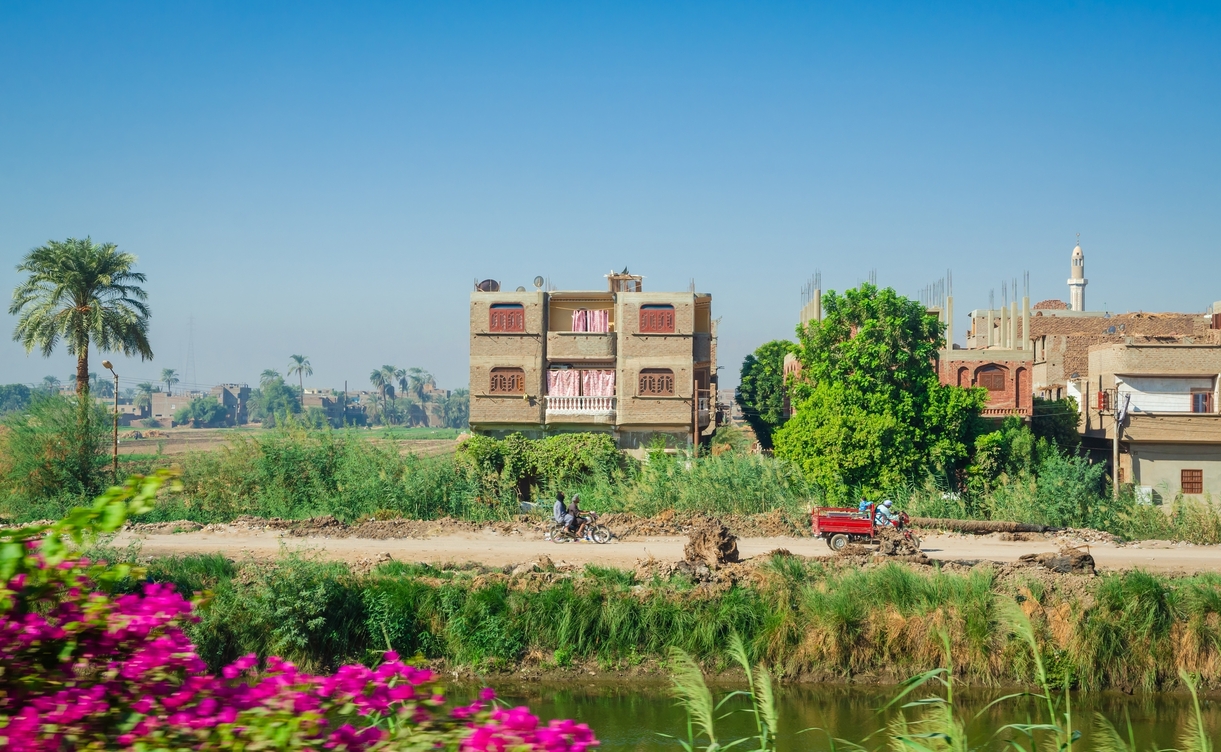






Comments (3)
[…] Source link […]
[…] Source link […]